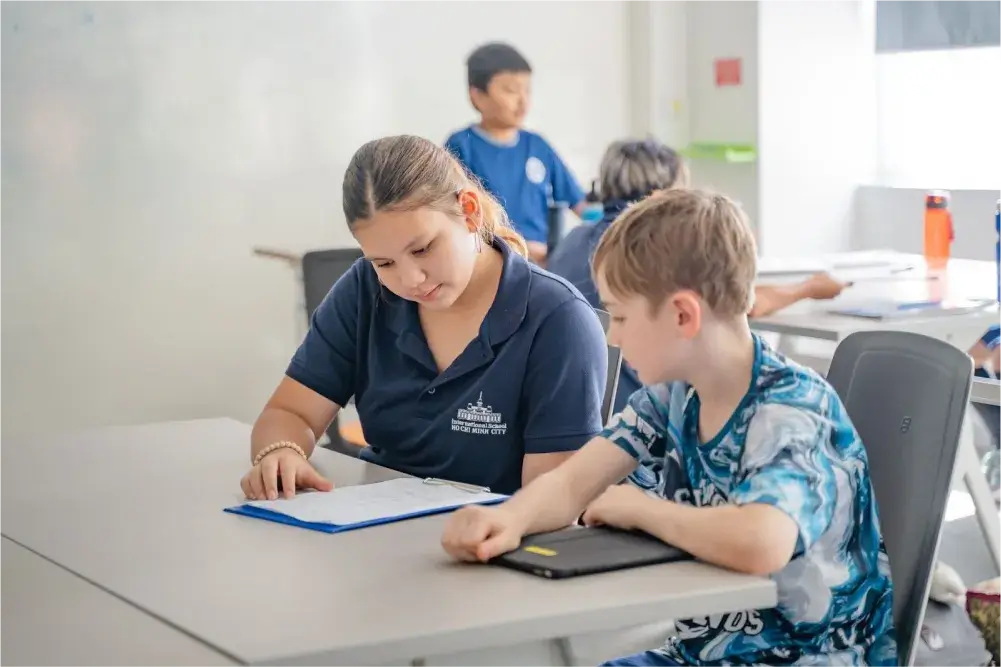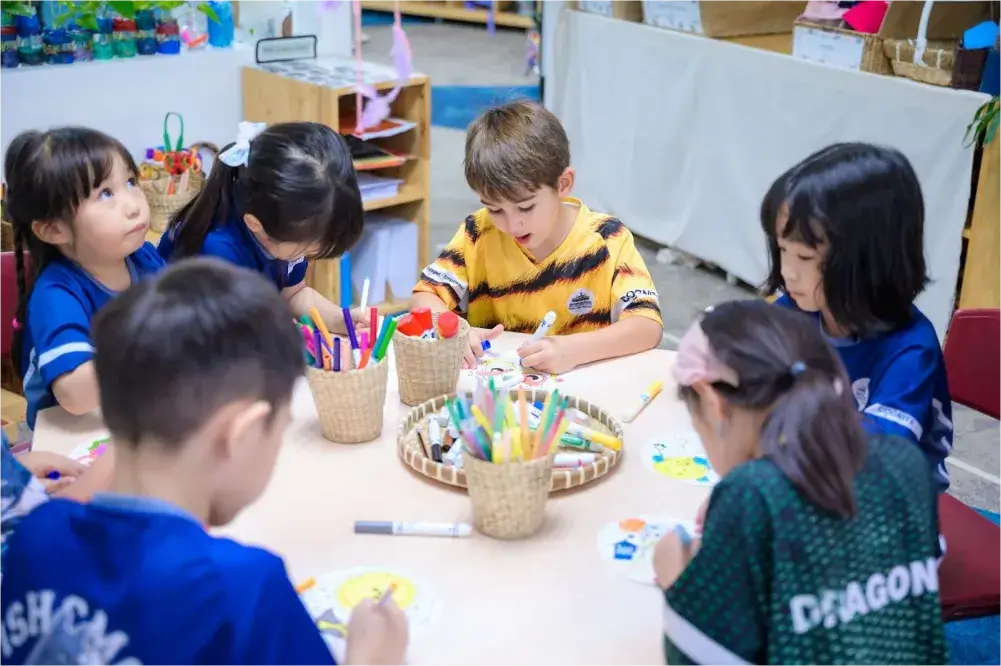9 Engaging Social and Emotional Learning Activities
Social and emotional learning (SEL) is an essential educational focus that helps students develop interpersonal and intrapersonal skills, contributing to their overall well-being. These skills empower students to manage emotions, establish positive relationships, and make responsible decisions.
Integrating social and emotional learning activities into the classroom encourages empathy, self-awareness, and resilience. Below are nine effective SEL activities designed to engage students, promote emotional growth, and foster a supportive classroom environment.
- Emotions Check-In
- Journal Writing
- Gratitude List
- Coping Skills Practice
- Practice Mindfulness
- SEL Read Alouds
- End-of-the-Day Reflection
- SEL Skill of the Day or Week
- Group Activities or Challenges
1. Emotions Check-In
Creating a daily check-in routine helps students identify and express their emotions, setting a positive tone for the day. Greet each student at the classroom door, providing an option to choose a greeting style. This simple interaction allows teachers to observe students’ moods and listen to different concerns.

Younger students often feel encouraged to share stories about their day, while older students may appreciate the quiet acknowledgment of their emotional state. These check-ins are effective social and emotional learning activities that help students develop emotional awareness and empathy.
2. Journal Writing
Journal writing is a versatile activity that supports self-reflection and emotional processing. For younger students, weekly journal prompts can encourage them to express their thoughts and feelings through drawings or simple sentences. Older students can keep a mindfulness journal to record their moods, thoughts, and goals over time. If students feel comfortable, teachers can conduct this activity as a private, reflective practice or a shared experience.

Prompts can include writing about strengths, setting goals, or reflecting on feedback they have received. Journaling strengthens students’ writing skills and cultivates self-awareness, encouraging students to process emotions constructively.
3. Gratitude List
Practicing gratitude can significantly enhance students’ well-being by fostering a positive mindset. Encourage students to maintain a gratitude list by spending a few minutes reflecting on things they appreciate every day.
Younger classrooms can create a communal gratitude list where students call out things they’re thankful for. Older students can use individual lists, writing down three things they’re grateful for, big or small.

This practice enhances students’ focus and happiness, teaching them to find positivity in everyday experiences. Regular gratitude reflections can boost emotional resilience, helping students approach challenges more positively.
4. Coping Skills Practice
Teaching coping skills helps students manage stress and challenging emotions. Introduce simple strategies, such as deep breathing, drawing, exercising, or talking with a friend, and practice these techniques together.

During tense lessons, offering students a quick break or a stress-relieving tool, like Play-Doh, can help them regain composure. Model these techniques by practicing mindfulness as a group before potentially stressful events, such as tests.
With the help of social and emotional learning activities, students will gradually adopt healthy coping strategies, improving their emotional regulation and resilience.
5. Practice Mindfulness
Mindfulness activities allow students to focus on the present, cultivating a sense of calm and self-awareness. Start with mindful breathing exercises, which can be especially helpful in transitions, before tests, or at the start of the day.

Younger students may enjoy guided visualizations, while older students can try more independent practices, like coloring mandalas or meditative exercises. Incorporating short yoga, music, or visualization sessions helps students explore different mindfulness techniques, encouraging them to find a method that works for them.
6. SEL Read Alouds
Incorporating read-aloud sessions into social and emotional learning activities makes teaching SEL skills enjoyable and relatable. Teachers can select books that explore emotions, friendships, or conflicts, facilitating discussions on SEL themes during and after reading.

Picture books can help younger students understand emotions and relationships, while older students might analyze complex narratives with SEL themes. Discussing character decisions and emotions allows students to empathize with different perspectives, fostering emotional growth and understanding.
SEL read-alouds create a safe space for students to explore challenging topics, making it easier to process their own experiences.
7. End-of-the-Day Reflection
Encourage students to reflect on their day through guided questions at the end of class. They can think about what went well, what they learned, and how they felt throughout the day. This activity promotes self-awareness and helps students acknowledge their achievements and challenges, allowing them to adjust their behavior or approach for the future.

Using reflection sheets can further assist students in analyzing their choices and developing positive self-talk. Over time, this activity builds self-awareness, emotional regulation, and resilience, shaping a more reflective and goal-oriented student mindset.
8. SEL Skill of the Day or Week
Use social and emotional learning activities to highlight a specific SEL skill, like empathy, teamwork, or responsible decision-making, each day or week.
Discuss the skill briefly and encourage students to practice it in various scenarios. Throughout the week, teachers can recognize instances when students demonstrate the highlighted skill, reinforcing the importance of these behaviors.

By focusing on one skill at a time, students gain a deeper understanding of how SEL applies to everyday life. This simple approach reinforces SEL concepts, allowing students to internalize and apply these skills in real-life situations.
9. Group Activities or Challenges
Group activities foster collaboration, communication, and community. Engaging students in collaborative challenges, such as designing posters on kindness or completing an escape room, strengthens classroom connections. Activities that require active listening, like small-group discussions, teach students to consider others’ perspectives while articulating their own.

For example, at the start of the school year, students can create a set of classroom rules, promoting accountability and a sense of community. Problem-solving challenges, like building a structure to protect an egg from a drop, teach resilience and creative thinking, fostering a collaborative and supportive environment.
Social Emotional Learning Curriculum at ISHCMC
We proudly offer a comprehensive social and emotional learning curriculum at the International School of Ho Chi Minh City (ISHCMC). Our approach integrates SEL into daily activities, guiding students in building empathy, resilience, and self-awareness. ISHCMC’s International Baccalaureate (IB) Primary Years Programme and Middle Years Programme emphasize an inquiry-based curriculum, preparing students for a future-focused world through a transdisciplinary framework.

Our SEL initiatives support this mission, cultivating thoughtful, balanced, and principled learners. Apply today to join ISHCMC and discover how our innovative social and emotional learning activities can empower your child to thrive in a global community.






